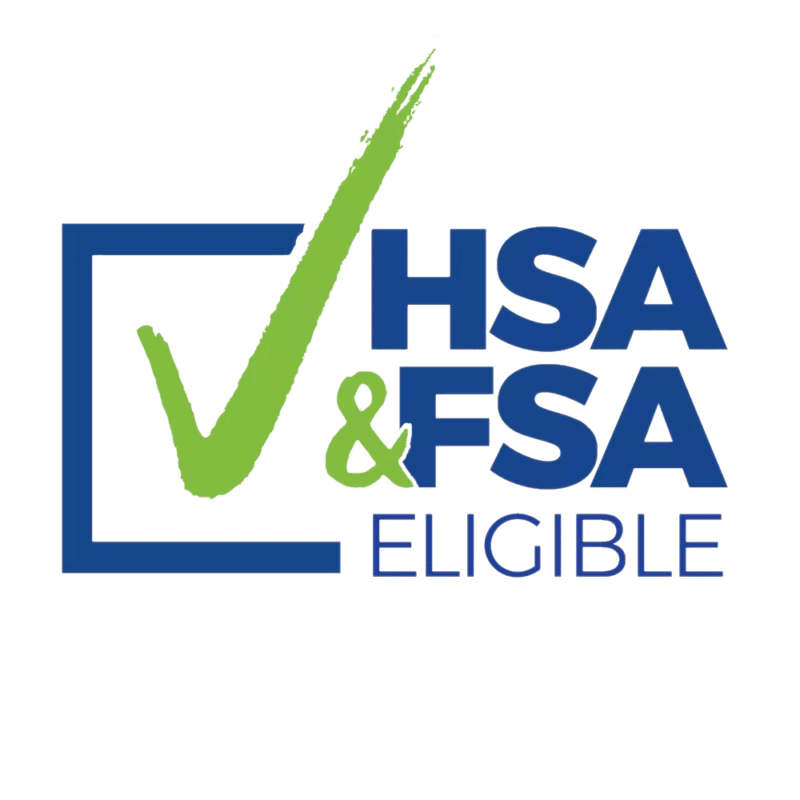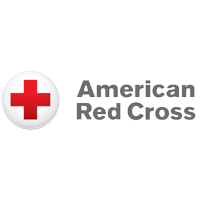AED's
How to Train Staff on AED Use: Best Practices & CPR Integration
Sudden Cardiac Arrest (SCA) can strike anywhere, at any time, and with little warning. Without immediate intervention, survival chances drop drastically with each passing minute; that is why Automated External Defibrillators (AEDs) have become essential components of workplace safety strategies, but having one on-site alone won’t guarantee successful emergency responses; proper AED and CPR training must also take place for maximum effect.
Proper training empowers employees to respond promptly, confidently, and correctly during a life-threatening incident, complying with occupational safety standards while creating an atmosphere of preparedness. To maximize AED training’s impact, organizations must use best practices that go beyond simply showing users how to press a button – such as integration of CPR skills training drills as part of regular scheduling or scenario-based learning programs that take an interactive approach to education.
AED and CPR Training
Sudden cardiac arrest occurs when one’s heart suddenly stops beating effectively, cutting off oxygen to their brain and vital organs. CPR helps keep blood circulating while an AED may provide shocks that restore normal heart rhythm; studies indicate that using both together within minutes increases survival rates by as much as 70%.
Though AEDs and CPR training should both exist together to form an emergency response team, many employees hesitate to use these tools during emergencies due to fear, inexperience, or uncertainty about proper procedures. By training staff extensively on AED use and CPR use together, they gain the skills and confidence they need for an effective response during an emergency. AED training must always include both components to provide comprehensive emergency responses.
Finding an Appropriate AED Training Program
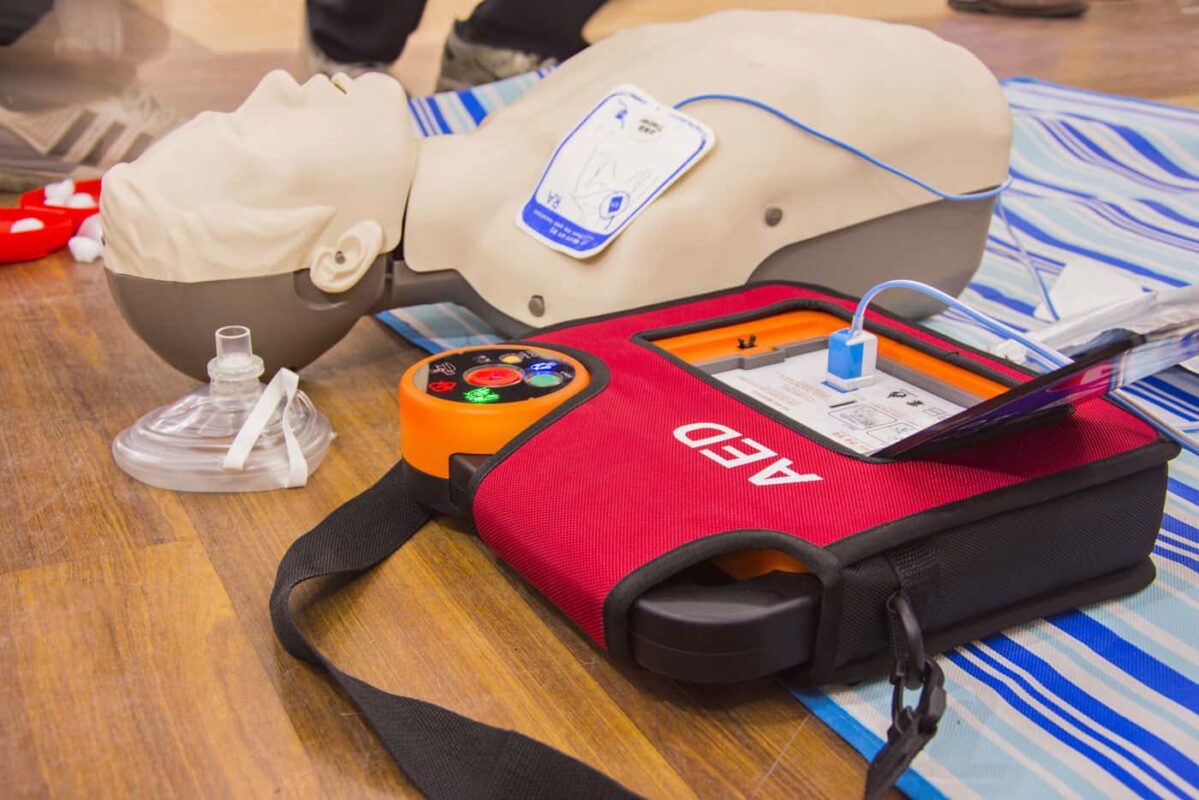
Not all AED training programs are created equal; when selecting one, it’s vital that it adheres to current American Heart Association (AHA) or equivalent local resuscitation guidelines and includes both theoretical and hands-on components with certified instructors who know both how AEDs operate as well as teaching lay responders clearly and engagingly.
Curriculum should cover how to recognize cardiac arrest symptoms, call emergency help immediately, perform CPR, and use an AED step by step – including unresponsiveness detection, safety checks at scene location, and use of voice prompts from AED in placing electrode pads properly and administering shock. Most importantly, training must stress starting CPR immediately until emergency medical services arrive on the scene.
Hands-On Practice with Realistic Simulations
While classroom training can provide useful skills, hands-on practice with realistic simulations is what truly equips staff for real emergencies. Trainees should practice using training AED units that emulate features found in real devices on site – including inserting batteries, attaching pads and following audio-visual prompts during an artificial cardiac event simulation.
Training sessions must include using manikins to practice proper CPR technique – with attention being paid to compression depth and rate. Combining CPR with AED use in realistic scenarios reinforces muscle memory, building the confidence needed to act quickly in an emergency situation. Instructors should monitor each participant closely while offering feedback or correction as required.
Customizing Training to Reflect Work Environment
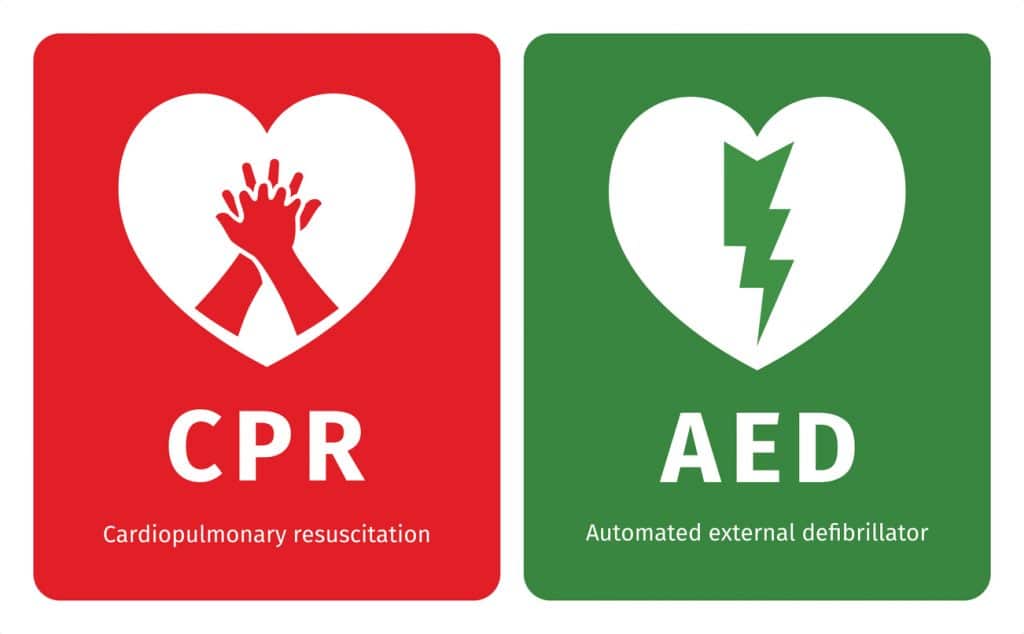
Every workplace environment varies, and training must take into account this fact when planning how the AED will be utilized. Factors like building layout, access points, team roles, and shift schedules need to be included when customizing instruction; emergency response plans should also be integrated so staff not only learn about using an AED but also how best to coordinate in real-life emergencies as part of training.
Assigning specific roles can greatly increase response efficiency. For example, one employee could be assigned to retrieve an AED while another initiates CPR and yet another calls emergency services – then practice these roles regularly so you’re better prepared during real emergencies.
Frequency and Certification Requirements
Without ongoing practice, CPR and AED skills may deteriorate over time without regular refresher courses to hone them. Most certifications expire one to two years from initial enrollment but experts recommend refresher courses be held every year or so in order to reinforce skills, keep employees updated on guideline changes, and restore employee trust in themselves and the organization they represent.
Staff turnover and departmental changes can create gaps in emergency preparedness if new hires aren’t trained as quickly as they should be, creating gaps. Organizations should create an emergency preparation training schedule designed to make sure sufficient numbers of certified staff members across shifts are ready and waiting when disaster strikes.
Legal Protection and Risk Management
Good Samaritan laws exist in most jurisdictions to shield those using AEDs during an emergency from legal liability; however, training and documentation of staff further minimize legal exposure both for them personally as well as the organization they belong to; it demonstrates a proactive approach towards health and safety compliance as well as due diligence when equipping staff members to respond accordingly in an emergency situation.
Workplaces must maintain accurate records regarding who has been trained, when their certification will expire, and which model of AEDs they possess. Training logs, written protocols, and equipment maintenance records may serve as vital evidence should an audit or legal inquiry occur.
Building a Culture of Preparedness
The ultimate aim of AED and CPR training should be to foster an organizational culture where safety is part of everyday consciousness. When staff understand their training’s significance and see that all levels of management support it, they may take more ownership for the program itself – leading to happier employees with improved emergency results and creating an overall safer workplace environment.
Consider acknowledging certified responders with visible badges or ID stickers, engage trained staff in emergency drills and planning discussions, highlight stories in which AEDs and CPR have made an impactful difference, and showcase these initiatives to highlight everyone’s contribution in saving lives. These initiatives reinforce that everyone plays their part in saving lives.
Integration Into Broader Emergency Response Planning
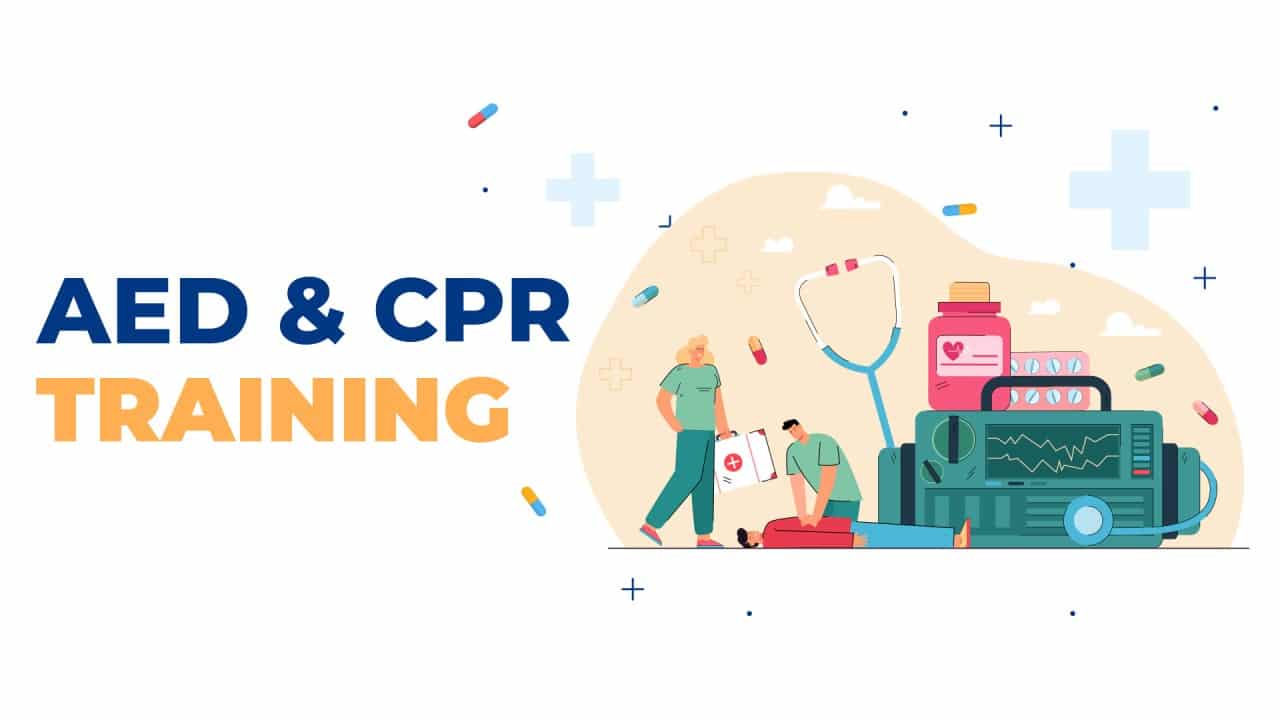
AED and CPR training must form part of an overall workplace emergency response strategy that encompasses fire safety, evacuation procedures, first aid protocols and communication plans. Integrating AED usage into companywide emergency drills ensures employees feel at ease performing under pressure.
Cross-functional training sessions involving security personnel, front desk staff, HR, and operations teams promote seamless coordination. Teams participating can identify any gaps that need filling, improve response times, or ensure all parties know their responsibilities and who needs to fulfil them.
Final Thoughts
Training staff on AED use is more than an expense; it could save lives. Paired with quality CPR instruction tailored to their workplace environment, training will equip employees to act quickly and decisively if an emergency arises.
Your organization can maximize compliance with legal standards while simultaneously creating an atmosphere of preparedness and care in its workplace by adhering to best practices for AED and CPR training. Employees empowered with such tools as AEDs can become potential lifesavers who could make a critical difference for someone in need of immediate medical aid. With appropriate training, tools, and commitment in place at work, organizations may make life-altering differences for people across many lives in society.



